Tech for Good: Using SDGs and Deeper Learning Principles to Inspire Change
Key Points
-
Integrating real-world issues in tech education, such as the UN SDGs, enhances student engagement and learning outcomes.
-
A structured approach with deeper learning principles helps students connect classroom learning to meaningful real-world applications.
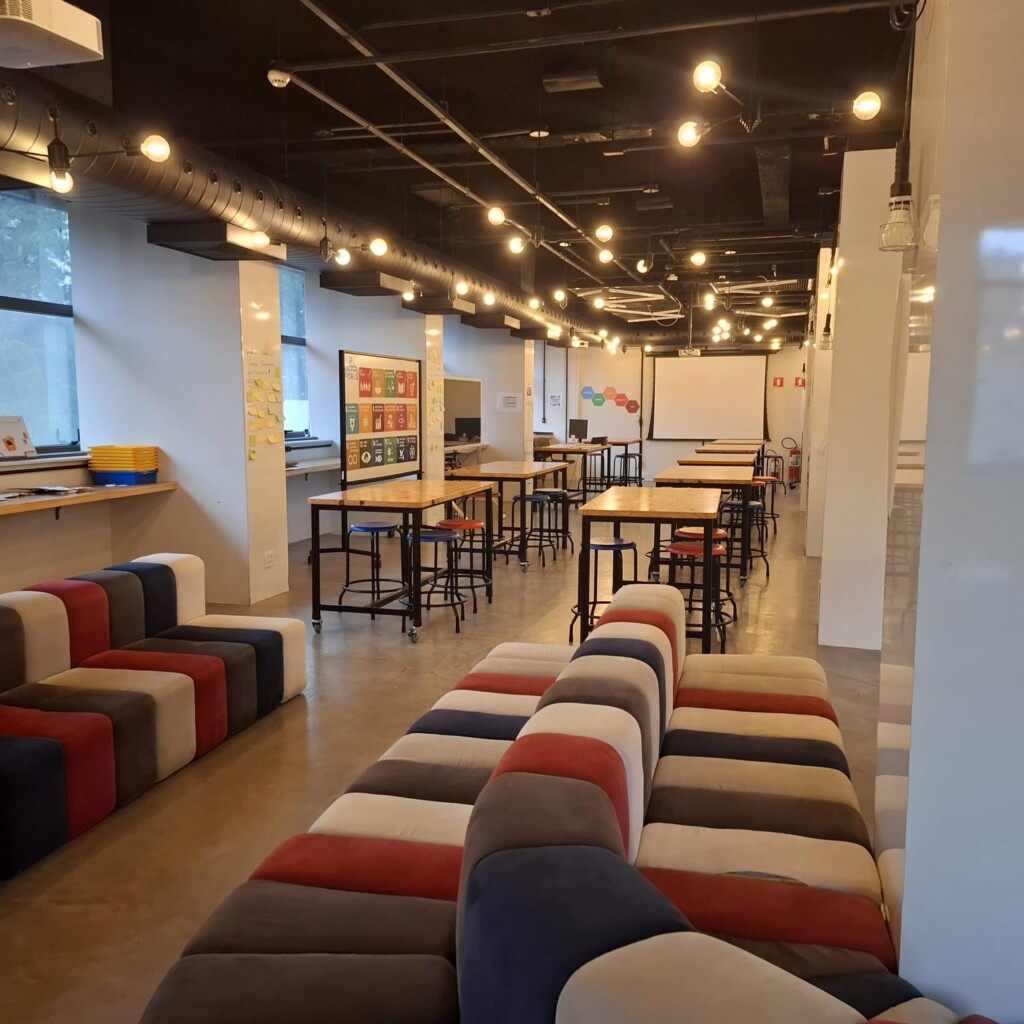
By: Charles Pimentel
Meaningful and purposeful technology classes, connected to real-world issues, are a key element of learning at Graded – The American School of São Paulo, Brazil. As a teacher in the Upper School Design and Technology Department, my goal is to ensure that activities like coding and prototyping go beyond technical skills, becoming tools for students to engage with relevant challenges. We frame this experience through a mindset we call Tech for Good. Through hands-on, socially relevant projects anchored in the UN Sustainable Development Goals (SDGs), students develop both technical expertise and a sense of contribution and responsibility.
Our approach is grounded in six deeper learning principles: activating prior knowledge, promoting student agency, fostering collaboration, viewing mastery as a process, ensuring authenticity and transfer, and organizing learning conceptually. These principles form the foundation of each course, encouraging students to pursue topics that matter to them and apply their learning in meaningful ways.
Each semester-long course – Design and Modeling and App Creators in middle school, and Engineering and Flight and Web Page Design in high school – is tailored to the developmental stage of the students. These courses immerse learners in hands-on, project-based experiences that address real-world challenges. By progressively building technical and creative skills, students are empowered to explore relevant topics using age-appropriate tools and methods.
In Design and Modeling, middle school students design and prototype smart homes that are both sustainable and accessible. They run simulations using the PhET platform; build circuits with batteries, LEDs, and sensors; program automation using Micro:bits and MakeCode; and create structures using Tinkercad, cardboard, and balsa wood. Their work reflects real-world applications of automation and responsible design.
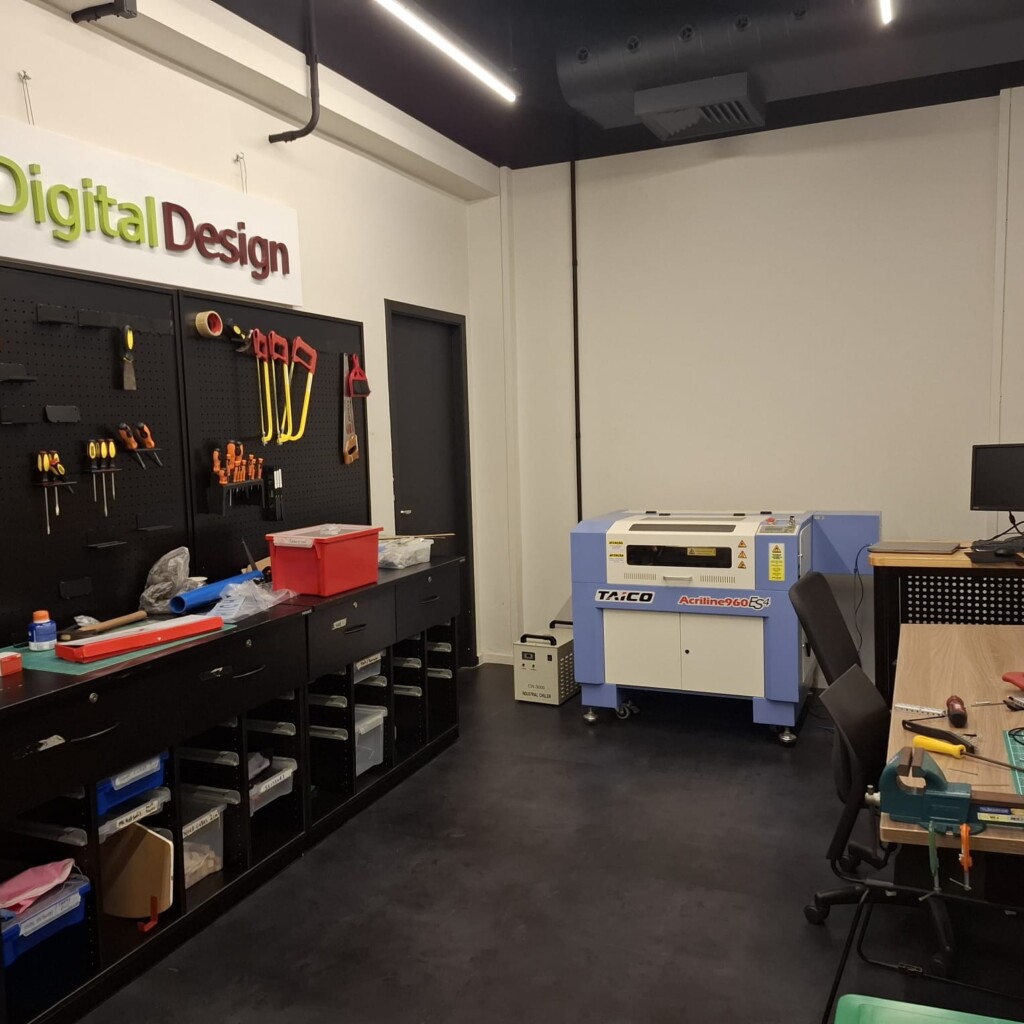
In MS App Creators, students identify a social issue and create a mobile application that addresses it. They use Miro to brainstorm and plan, MarvelApp to prototype interfaces, and MIT App Inventor to bring their apps to life. Projects have addressed topics like physical health, digital habits and climate action. Throughout the course, students iterate on their work using feedback and usability testing, learning that problem-solving requires reflection and refinement.
Engineering and Flight classes engage high school students in learning about aerodynamics, propulsion, and systems thinking. They build paper gliders and rockets, test designs using tools like the PowerUp 3.0 motor system. These early explorations lay the groundwork for the next phase of the course, which focuses on drone technology through simulation and flight. With tools like the DroneBlocks simulator and DJI drones, students investigate hands-on applications of drone technology to support environmental monitoring and emergency response. These experiences transform abstract scientific concepts into opportunities for real-world impact and demonstrate how emerging technologies can be applied with empathy and intention.
In HS Web Page Design, students use HTML, CSS, and UX design strategies to build websites that raise awareness and advocate for change. They explore topics such as inclusion, sustainability, and cultural habits, working through the full design process in Miro and deploying functional sites using Glitch. Final products are shared not only for evaluation, but also as springboards for dialogue and collective reflection.
Each course follows a modified design cycle that includes: brainstorm, define, make, test, reflect, and transfer. This sequence helps students structure their work while encouraging flexibility and iteration. Lessons are intentionally planned to help students understand both what they are doing and why it matters. Structured instruction connects theory to practice, while rubrics and feedback support revision and growth. Students are reminded that learning happens through the process, not just in the final product.
In this sense, students are placed in a context where real-world problems serve as preparation for their future professional paths. The courses aim to develop transdisciplinary competencies, recognizing that 21st-century professionals need to master multiple skills to navigate the diverse demands of contemporary careers.
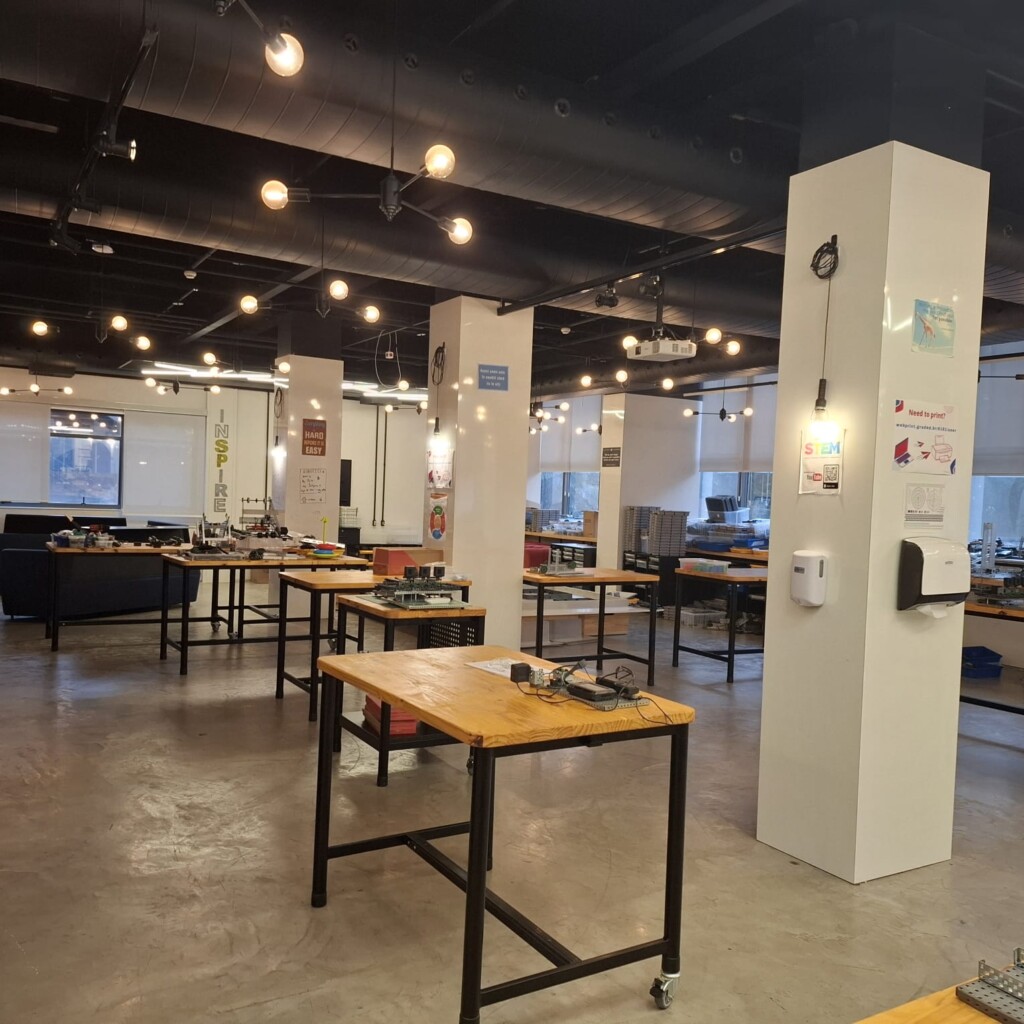
Aligned with the Career Clusters Framework from Advance CTE, the planning of each course connects the development of technical skills to the resolution of a design challenge based on a real problem, linking this process to one of the Sustainable Development Goals (SDGs). This integration reflects competencies promoted by the Cross-Cutting Clusters, which highlight transferable abilities that are essential across all sectors, such as the use of digital technologies, entrepreneurial thinking, and strategic communication.
A student developing an automation project for a Smart Home also reflects on energy consumption and how artificial intelligence can contribute to more efficient solutions, ensuring the design brings real value to future users. In the App Creators course, students analyze how an application can improve users’ lives while also considering critical issues such as privacy and ethics in data collection, aiming to design solutions that are both impactful and meaningful to their intended audience.
In the Web Page Design course, students are invited to reflect on the needs and habits of the target audience, and how their website can improve the experience of the client who commissioned it, as well as the end user, by communicating clear messages and promoting meaningful engagement.
Finally, in the Engineering and Flight course, in addition to understanding the principles that allow drones to fly, learning how to operate them in accordance with local regulations, students explore the responsible use of drone technology and its applications in different fields, considering how these resources can address real-world needs. This approach is especially powerful in the context of basic education, as it expands students’ perspectives on how technology can be used ethically, creatively, and with purpose.
To make these connections more tangible, the following table outlines how each course engages with elements from the Cross-Cutting Clusters, highlighting transferable skills developed through integrated, real-world projects.
Connection Between Courses and the Cross-Cutting Career Clusters:
| Course | Digital Technology | Management & Entrepreneurship | Marketing & Sales |
| Design and Modeling | Digital prototyping, automation with sensors, simulations with PhET | Planning accessible and sustainable solutions | Designing purposeful solutions that communicate value to real users |
| App Creators | App development using MIT App Inventor and MarvelApp | Identifying problems and developing solutions through iteration | Analyzing user needs and the app’s potential social impact |
| Web Page Design | HTML/CSS coding, website hosting, UX strategies | Projects based on real client needs | Digital communication, user-centered design, purposeful messaging |
| Engineering and Flight | Flight simulations, drone operation, sensor integration | Problem-solving and managing technical projects | Communicating the value of drones in social and environmental applications |
A self-assessment conducted with 91 students at the end of last semester revealed significant growth in problem-solving, collaboration, organization, and empathy. Students reported increased confidence, independence, and a strong interest in continuing to learn beyond the classroom.
As one student shared, “I feel as if I have complete authority over my work. This makes me truly enjoy the process of creating my projects”. Another reflected, “The hands-on activities made me think differently and apply concepts in new ways”.
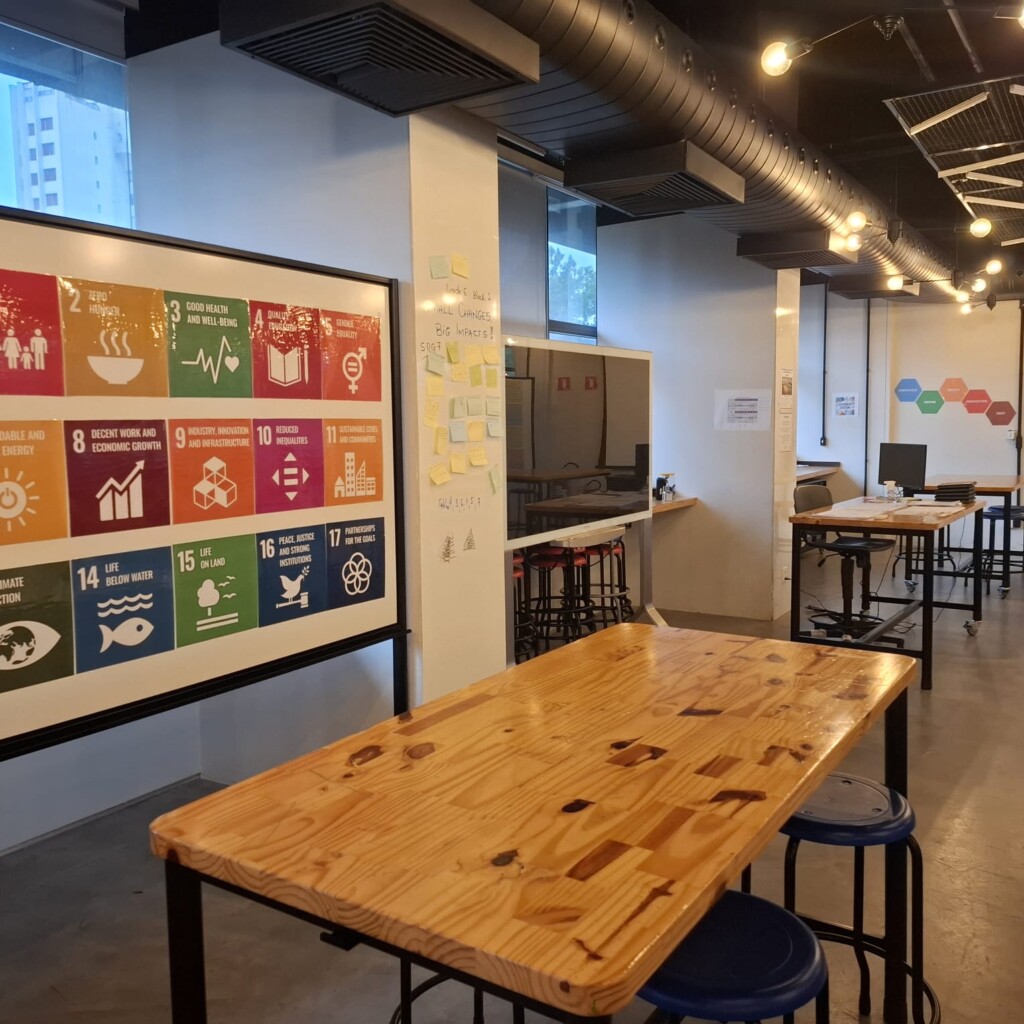
But the value of Tech for Good extends beyond individual projects. It offers a replicable framework that blends pedagogy, purpose, and technology in a way that is adaptable across diverse school contexts. By integrating the SDGs and deeper learning principles, this approach fosters transdisciplinary thinking and social innovation. Teachers act as designers of learning experiences that connect student interests with real-world needs.
For schools seeking to deepen student engagement, Tech for Good offers more than inspiration. It provides structure, tools, and a philosophy for empowering students to lead with empathy, creativity, and responsibility.
Charles Pimentel is a design and technology educator at Graded – The American School of São Paulo and a PhD candidate at the Federal University of Rio de Janeiro. He is also a research fellow at the Transformative Learning Technologies Lab (TLTL), where he investigates the use of sensors and microcontrollers in schools through IoT applications to support data literacy. His work explores how technology can be a tool for social impact and student empowerment in K–12 education.


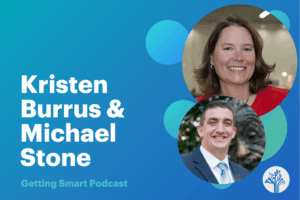
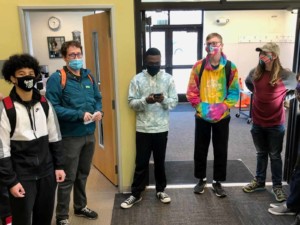
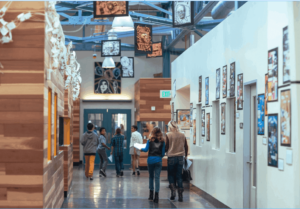
0 Comments
Leave a Comment
Your email address will not be published. All fields are required.